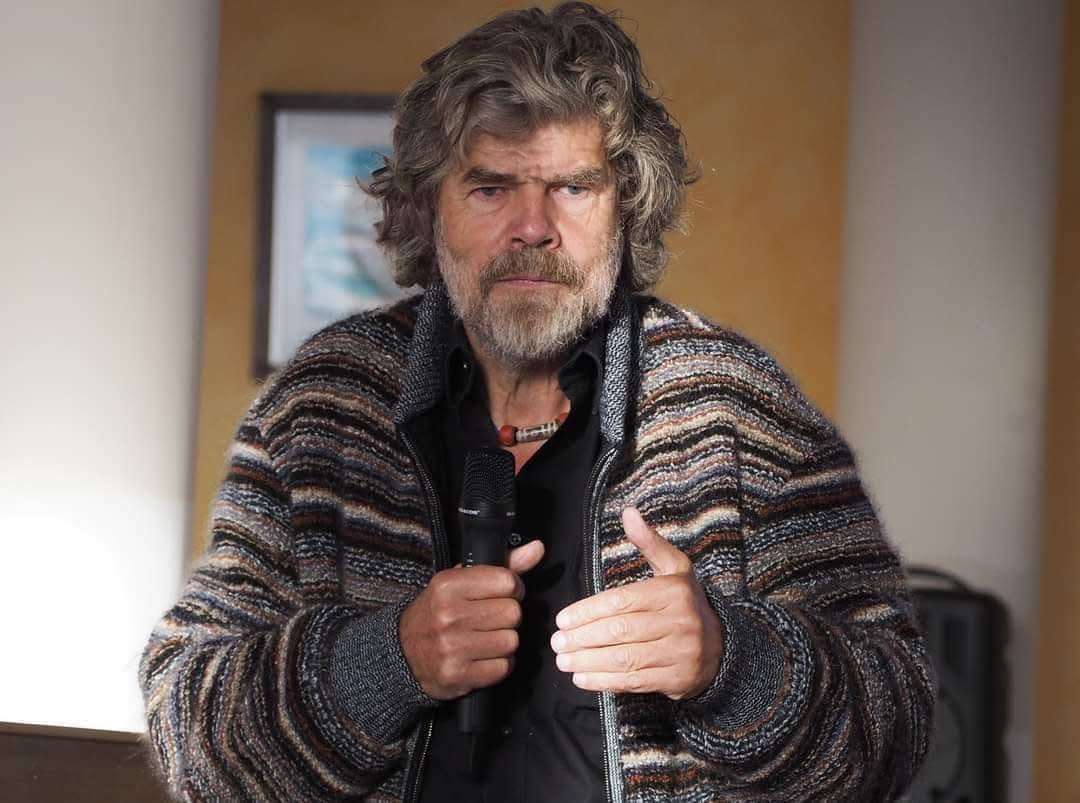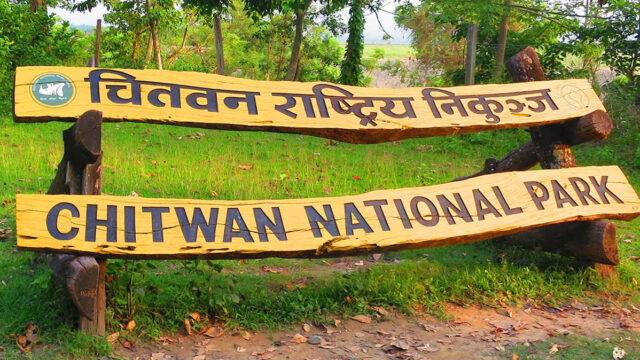Reinhold Messner, widely regarded as one of the greatest mountaineers in history, was born on September 17, 1944, in South Tyrol, a mountainous province in northern Italy. He grew up in the small village of Villnöß, surrounded by the rugged beauty of the Dolomites, which sparked his lifelong passion for the mountains. Raised in a disciplined household, Messner’s early experiences were shaped by his father, Josef Messner, a strict schoolteacher who introduced Reinhold to the world of climbing at a very young age. By the age of 13, Messner had already begun exploring the peaks of the Eastern Alps, honing the skills that would eventually define a new era in mountaineering.
Embracing the Alpine Style of Climbing
Throughout the 1960s, Messner emerged as a powerful advocate for the “Alpine style” of mountaineering, a minimalist approach that emphasized speed, self-reliance, and the use of lightweight gear with little or no external support. This philosophy marked a significant shift from the conventional expedition style, which often relied heavily on fixed ropes, camps, and Sherpa assistance. Messner’s commitment to this pure form of climbing inspired a generation of alpinists. He found a like-minded partner in his younger brother Günther and later in Austrian climber Peter Habeler, whom he met on an expedition to the Peruvian Andes in 1969.

Himalayan Tragedy and Triumph
Messner’s first foray into the Himalayas came in 1970 when he and Günther successfully climbed Nanga Parbat (8,126 meters) via its Rupal Face, one of the most formidable walls in the world. The descent, however, ended in tragedy when Günther died, and Reinhold barely survived, losing several toes to frostbite. Despite the devastating loss, Messner pressed forward. In 1975, he and Habeler climbed Gasherbrum I (8,080 meters) without supplemental oxygen, a historic moment in high-altitude mountaineering.
Their most celebrated achievement came in 1978 when Messner and Habeler became the first climbers to reach the summit of Mount Everest (8,848 meters) without the use of supplemental oxygen. Their daring push from 7,985 meters on May 8 redefined what was thought humanly possible at extreme altitudes. Messner detailed this experience in his book Everest: Expedition to the Ultimate.
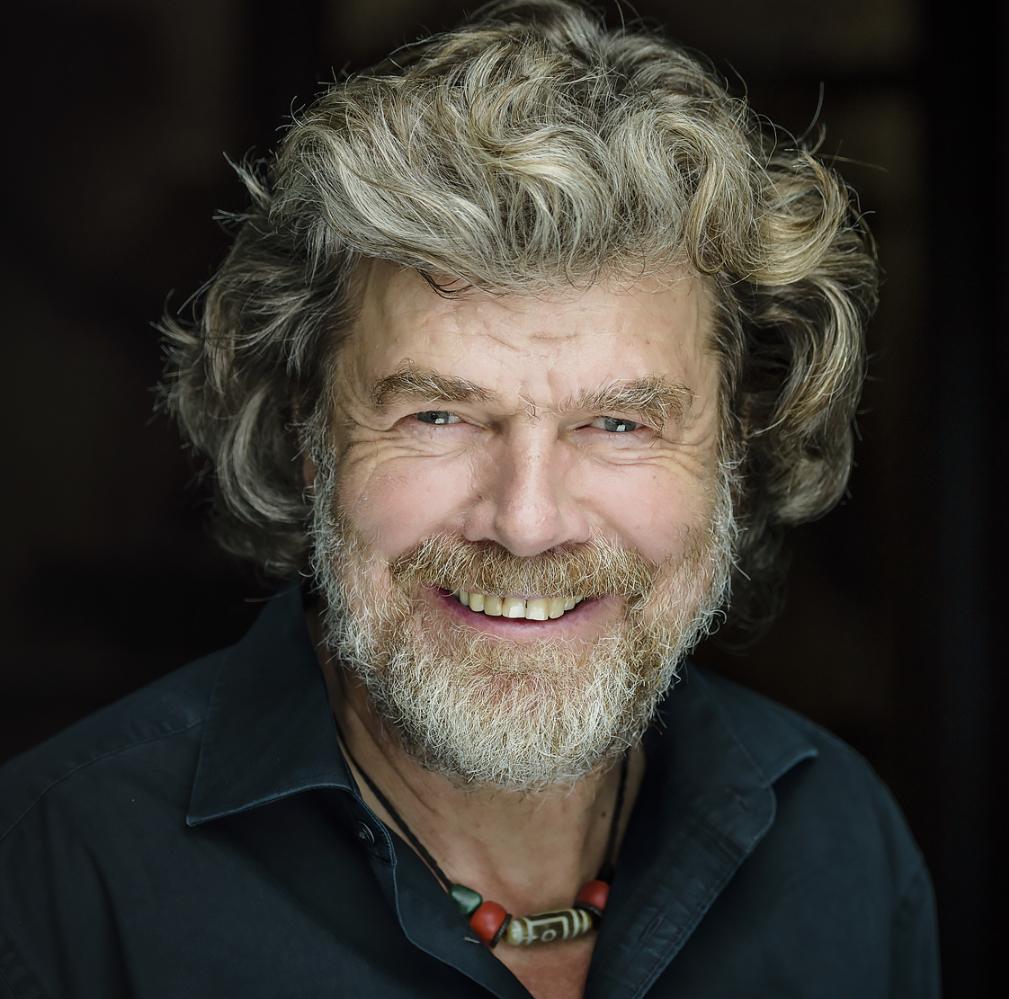
A Legendary Solo Climb of Everest
In 1980, Messner took his mountaineering feats to another level with the first solo ascent of Mount Everest, once again without supplemental oxygen. He undertook this climb during the monsoon season via the rarely attempted north face. After three grueling days and a fall into a crevasse, he reached the summit on August 20. Reflecting on the experience, Messner said, “I was in continual agony; I have never in my whole life been so tired as on the summit of Everest that day.” This ascent remains one of the most legendary accomplishments in mountaineering history.
Conquering All Fourteen 8000ers
Between 1970 and 1986, Messner systematically climbed all 14 of the world’s mountains that rise above 8,000 meters, becoming the first person in history to achieve this monumental feat. His ascents were often pioneering, sometimes solo, and frequently without supplemental oxygen. Notable among them are his 1972 climb of Manaslu (8,163 meters) via an uncharted face, and the 1984 traverse of Gasherbrum I and II without returning to base camp, another first in mountaineering.
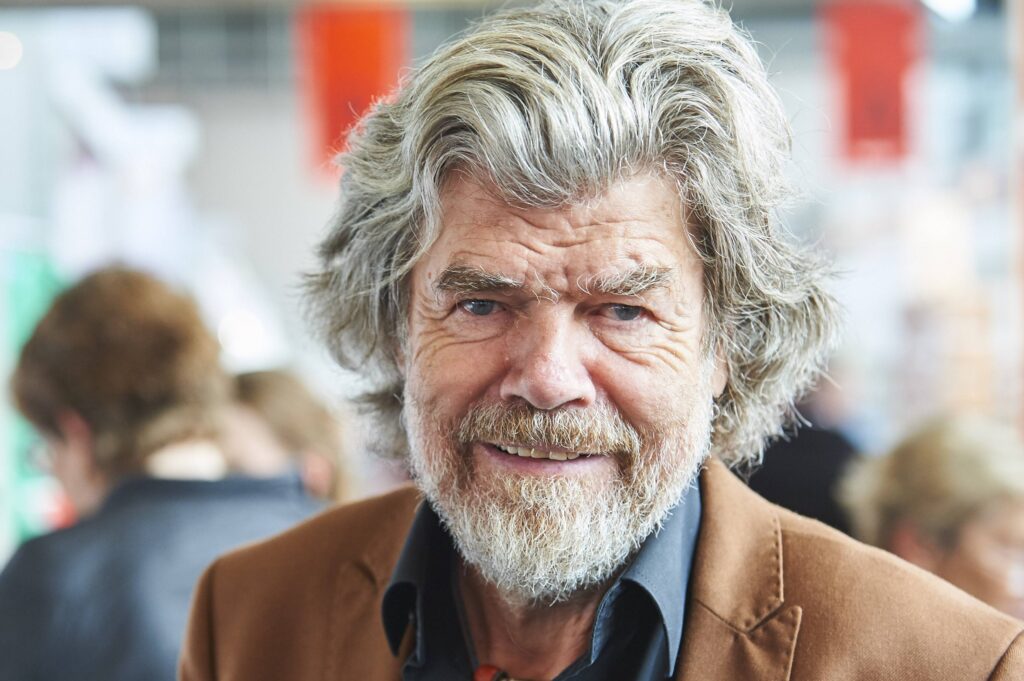
His remarkable list of 8000-meter summits includes:
- 1970: Nanga Parbat (8,125m) – First ascent via Rupal Face with Günther Messner
- 1972: Manaslu (8,163m) – First ascent of the South-West Face
- 1975: Gasherbrum I (8,080m) – First oxygen-free ascent with Peter Habeler
- 1978: Everest and solo Nanga Parbat ascents
- 1979: K2 (8,611m) – Partial Alpine-style climb
- 1980: Everest – First solo ascent without oxygen
- 1981–1986: Completed remaining 8000ers including Cho Oyu, Annapurna, Makalu, Lhotse, Dhaulagiri, and Shishapangma, many via new routes and in Alpine style.
Messner’s climbing approach was defined by purity, innovation, and relentless determination. He often chose unexplored routes and preferred climbing with a minimal team or even solo, pushing the boundaries of endurance and mental strength.
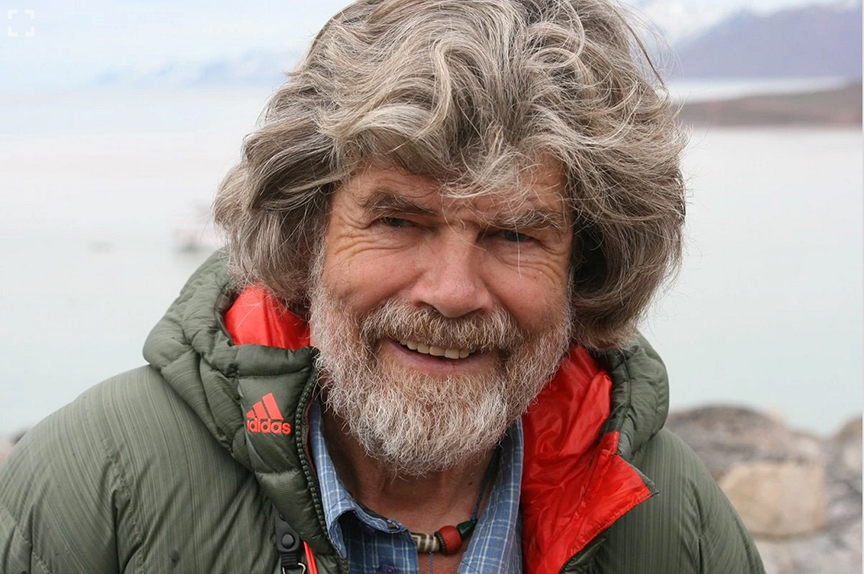
Beyond Mountaineering: Exploration and Advocacy
Messner’s adventures extended far beyond high-altitude peaks. In 1989–90, alongside German explorer Arved Fuchs, he completed the first unsupported crossing of Antarctica on foot, a journey of 2,800 kilometers in just 92 days. In 2004, he undertook a 2,000-kilometer solo trek across the Gobi Desert, demonstrating his unmatched stamina and exploratory spirit.
A passionate environmentalist and cultural advocate, Messner founded the Messner Mountain Museum project, six museums across South Tyrol dedicated to mountain culture, history, and preservation. The first museum opened in 2006 near Bolzano. His dedication to conservation also led him to serve in the European Parliament from 1999 to 2004, where he focused on ecological and cultural issues.
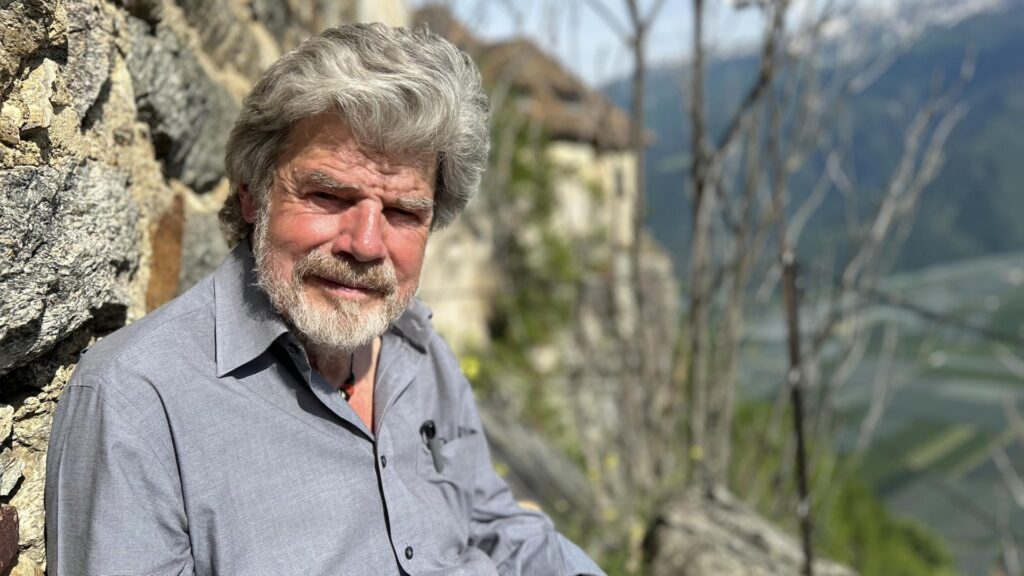
A Legacy That Redefined Mountaineering
Reinhold Messner’s legacy goes beyond records and firsts; he redefined the philosophy and ethics of mountaineering. By rejecting the use of supplemental oxygen, large teams, and heavy infrastructure, he restored the spirit of adventure and self-reliance to Himalayan climbing. His achievements, often completed under the most extreme conditions, demonstrate not only physical strength but also profound mental resilience.
Today, Messner is not only a symbol of mountaineering excellence but also a living legend whose name is synonymous with courage, exploration, and respect for nature. His life continues to inspire climbers, explorers, and adventurers around the globe.
